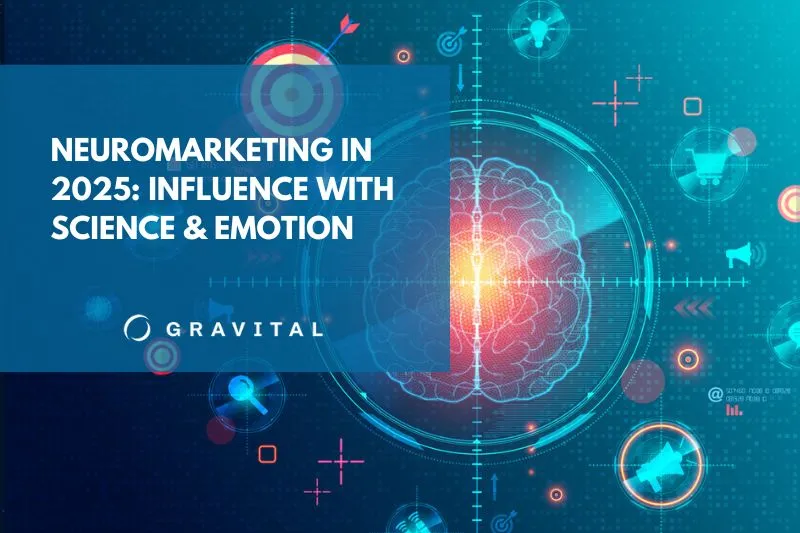With the increasing number of insurance companies entering or expanding in the U.S. market, competition is fiercer than ever. Just one look at what’s playing or streaming on TV these days is enough to see how contested the market is, with insurance companies battling each other via a constant barrage of ads, each more creative or outrageous than the other.
To beat the competition, insurance brands are using both airwaves and digital signals to reach out to potential and existing customers and persuade them to switch companies. Traditional marketing tactics are no longer enough in this contested arena. Digital marketing is a must to find target audiences where they are and when they’re most receptive to brand messages and promotional tactics.
Here are the top 10 digital marketing strategies that work best for insurance companies.
1. Interactive Content
Interactive content such as quizzes, polls and assessments are a great way to connect with potential and existing customers, engage them and generate leads. Insurance companies use interactive content to, for example, help consumers determine the right insurance policy for their needs, test their knowledge of insurance-related topics and provide personalized recommendations. Interactive content provides a more engaging and memorable experience for audiences.
ALSO READ: WEBSITE OPTIMIZATION: A QUICK GUIDE TO THE BASICS, BENEFITS & STRATEGIES
2. Influencer Marketing
Influencer marketing can be highly effective for insurance brands trying to reach a wider audience and build credibility in an industry in which trust is a top priority. This type of marketing involves partnering with individuals who have a large following on social media to promote products and/or services. Insurance companies can partner with influencers who have a strong presence in the insurance industry or who have a following in a specific niche market.
3. Mobile Optimization
With more consumers accessing the internet on their mobile devices and making online purchases using their phones, it is absolutely necessary for insurance companies to optimize their websites and digital assets for mobile devices. Websites that are mobile-responsive can be easily viewed and navigated on a smartphone versus those that are not optimized. Mobile optimization is particularly important in the areas of service and support, as customers who need help with their insurance policies (for example, filing a claim) often don’t have immediate access to a desktop computer.
4. Chatbots
Chatbots are artificial intelligence tools that can help companies provide better customer service. They can be used for a variety of tasks, such as answering common questions, providing information about insurance policies and helping customers file a claim. Chatbots also reduce the workload of customer service representatives, improve response times and provide customers with a more personalized experience.
5. Video Marketing
Video marketing is the most engaging digital marketing tool. It allows people and companies to showcase their expertise, promote their products and services, and connect with viewers on an emotional level that helps establish trust and nurture long-term relationships. Videos help explain complex insurance policies in a simplified way, share customer testimonials and highlight corporate social responsibility (CSR) initiatives.
6. Content Marketing
Content marketing serves to inform, educate and entertain. Insurance brands use it to provide guidance to target audiences about insurance products and services, specific coverage and benefits, and how to file claims. Blog posts, videos, infographics and e-books are among the content types that insurance companies use to communicate valuable information to their audiences. By producing and distributing this content, brands can establish themselves as experts in the field and build a loyal customer base.
7. Search Engine Optimization
Like companies in other industries, insurance companies must have a strong online presence in order to compete in today’s online marketplace. Using SEO, they can optimize their websites and other content for search engines, thus increasing their chances of appearing higher in search results pages. By ranking higher, insurance companies can attract more traffic to their websites and generate more leads and sales.
8. Social Media Marketing
Social media platforms such as Facebook, Twitter and LinkedIn are important channels for insurance brands looking to connect with customers. By using social media to share valuable content, engage with followers and run targeted ad campaigns, insurance companies can increase brand awareness and drive traffic to their websites.
9. Email Marketing
Email marketing is a cost-effective digital marketing tactic for insurance companies to stay in touch and build relationships with their customers and prospects. Brands commonly use email marketing to send newsletters, promotions, discount codes and other types of content that provide value to their subscribers.
10. Pay-Per-Click
With PPC advertising, companies pay each time someone clicks on an ad. Insurance brands can use PPC ads to target specific keywords and phrases related to insurance policies and the pain points and buying behavior of potential customers. In this way, they can reach people who are actively searching for insurance policies online and increase their chances of generating leads.
By adopting these strategies, insurance companies can build brand awareness, increase website traffic, engage audiences, generate leads and, ultimately, drive sales.
Gravital has a team of seasoned experts who specialize in providing digital marketing services to insurance companies. Are you looking to ensure your insurance business’ success? Talk to us.


